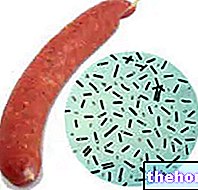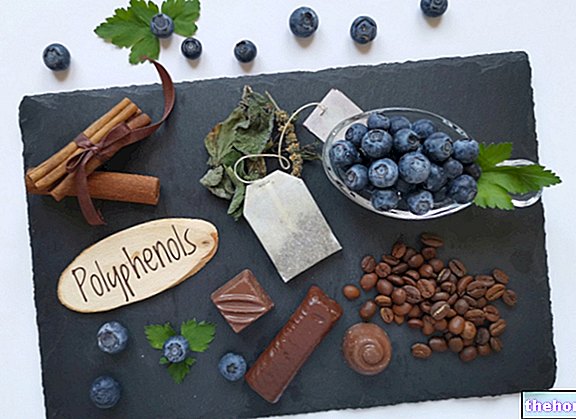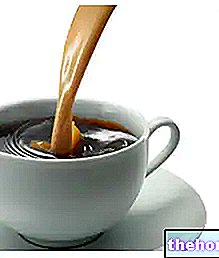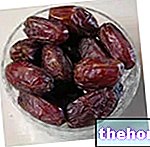Water is a widely used cooking medium, both for the transmission of heat and for the diffusion of aromatic components. According to the nature of the food and the PURPOSE of cooking, the food can be cooked in cold water, hot water, to pressure or a water bath.

Boiling
The boiling consists in the immersion of the food in hot or cold water, maintained or brought to a temperature of about 100 ° C.
The different foods can be boiled in cold or hot water according to the nature of the preparation to be pursued.
In cold water: meat and bones for the broth (favor the loss of water-soluble substances); dried legumes to soften the peel; potatoes for effective cooking.
In hot water: boiled meat (avoid the loss of water-soluble substances), pasta for proper cooking.
There bleaching and the blanching are two techniques that are applied in some foods and are practiced in boiling water without a lid. Bleaching is a technique applicable to certain vegetables, while blanching is a real pre-cooking.
Drowning
Poaching consists in slowly cooking food in water or in a base of vegetables and water. It is carried out with low (80 ° C) and prolonged cooking, occasionally checking the condition of the food (it can also be practiced in a bain-marie).
The foods that lend themselves to drowning in WATER are: eggs, sausages, gnocchi. The foods that lend themselves to drowning in the BOTTOM are: fish and birds.
Principle of steam and pressure cooking
In the steam cooking system, the food comes into contact with water in the gaseous state and suffers fewer losses than when boiled; it can be cooked in the steam cooker or in the pressure cooker, but always using the BASKET with perforated bottom which houses the food to be cooked. Water is placed on the bottom which evaporates by means of the flame and transmits heat to the food; in the steam cooker (not under pressure), the level of water at the bottom must be constantly present.
In steam cooking, the higher the pressure inside (1.4-1.5, up to 2 total bars), the higher the boiling point, consequently the cooking temperature; with this technique used by pots and pans pressure the dispersions are reduced BUT the losses of thermolabile vitamins increase.
The most suitable foods are: vegetables and cereals, potatoes, fish and meats.
Other articles on "Cooking in Water, Steam and Pressure"
- Types of Dry Heat Cooking
- Cooking Food - Positive and Negative Aspects
- Cooking techniques
- Cooking in fat
- Mixed Cooking - Braising, Casserole, Stewing, Microwave
- New cooking technologies




























